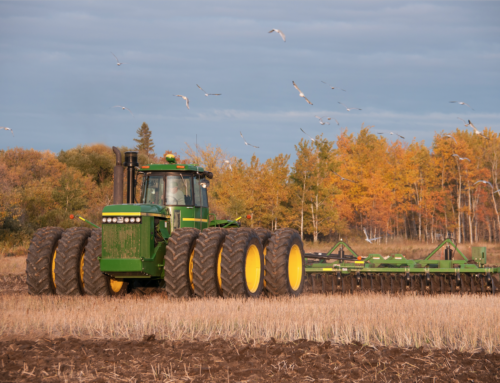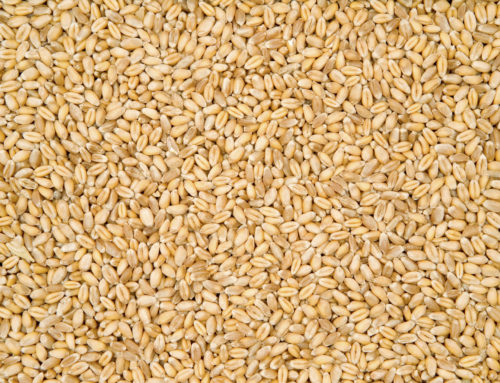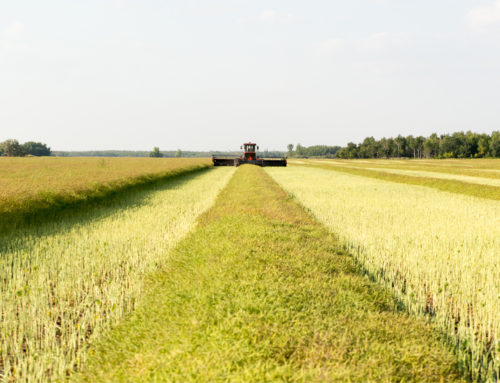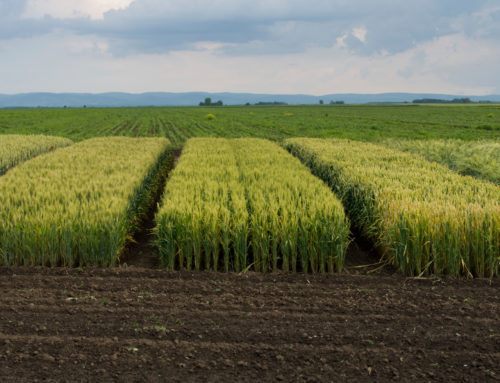Precision agriculture is a fairly broad term. For some, it’s using the auto-steer capability in their tractor and for others it’s applying site-specific herbicide using a preprogrammed map. Over the years the emphasis has moved from variable-rate technologies to vehicle guidance systems to yield mapping.
The practice of precision agriculture became a possibility with the increased availability of GPS in most farm locations. The ability to locate a precise position in a field allows for the creation of a map that shows any variability that can be measured, such as crop yield, seeding rates, topography, moisture levels, nitrogen levels, and many more.
Since much of the technology being developed and used is new it hasn’t had the time to be well tested and validated in real life farming, so many farmers are waiting to see the results that others get.
With the collection of the data farmers can see the performance of individual fields with year-to-year real information. The information collected provides a farmer with a better understanding of the different zones within each of their fields allowing them to fine-tune their production through varying the inputs to fit the needs of each zone. However, for many farmers, the data being collected isn’t being used to its fullest potential.
The challenge in using precision agriculture technology to its fullest potential is in incorporating all the data into a workable plan for an individual field. With the overwhelming amount of data that can be collected from seeding through harvest, translating this data into useable information may take more than some farmers want to learn.
As with most new technologically-based systems, there are more services being offered to help farmers understand the data they are collecting and incorporate it into a crop management plan with strategies and site-specific prescription maps.
FieldSmart is a program created by Enns Brothers in Manitoba, Western Sales in Saskatchewan, and Western Tractor in Alberta, and designed to facilitate the analysis and use of precision agriculture technology.
“Through our FieldSmart services we are helping more farmers understand and access usable farm management information from the data their equipment gives them,” says Ray Bouchard of Enns Brother Equipment in Manitoba. The trend is to make the information more useable by integrating the data collected from multiple sources and ensuring it is fully functional in multiple devices.
In Western Canada, most farmers have the tools to capture valuable information that they can use to farm more efficiently and profitably using precision agriculture technologies. D’Arce McMillan in her Western Producer article, “Crystal ball says changes can be good,” says, “In agriculture, advancements such as drought resistance, improved fertilizer uptake, and increased nutrition will happen. Field sensors, monitoring with drones, robotic harvesters, and precision farming will improve yields while using far fewer inputs.”
New technology always has early adopters and those that want to wait and see how it works and precision agriculture systems are no different. But as the margins in crops are squeezed, farmers will be looking for ways to reduce inputs and the innovations developed through precision agriculture technologies may be the best way to improve yields while reducing inputs.
Sources:
www1.agric.gov.ab.ca
www.realagriculture.com
www.agriculture.gov.sk.ca







Leave A Comment